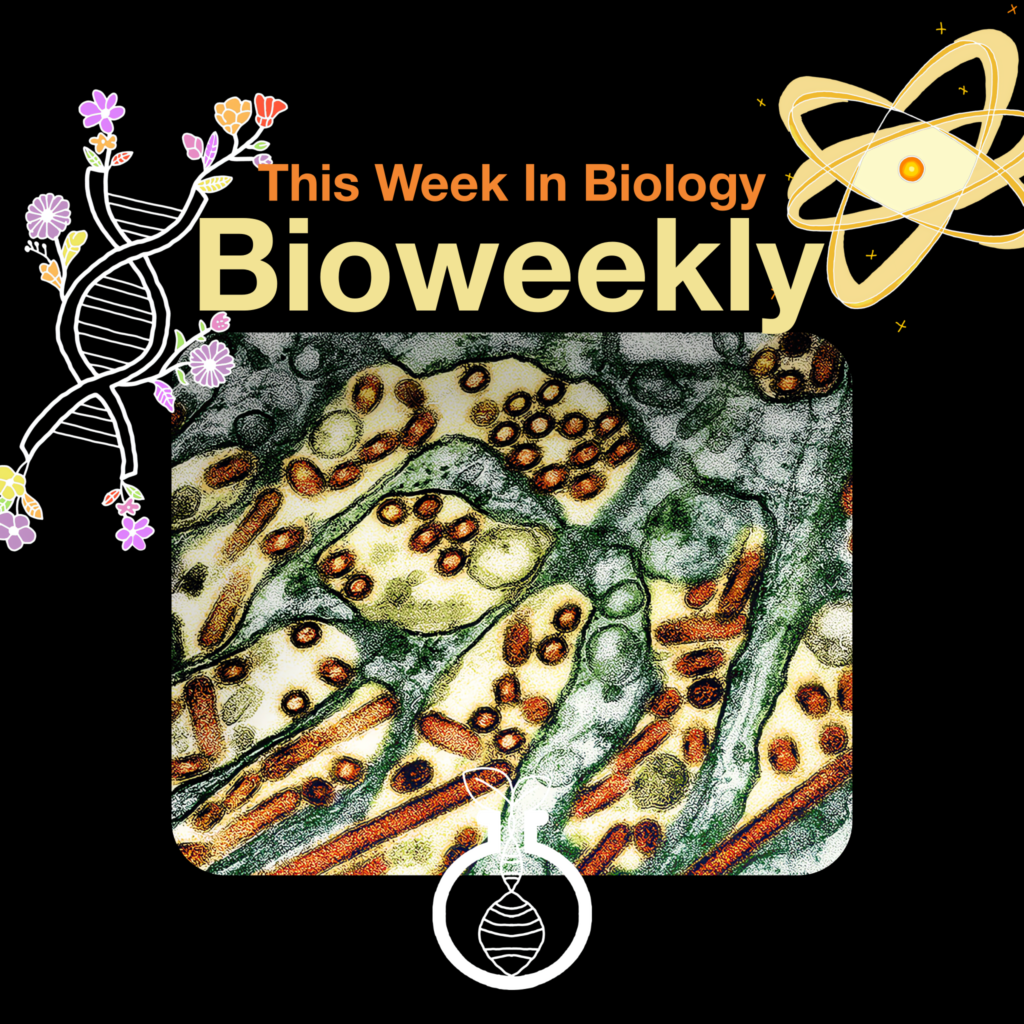This week, the world of biology has unveiled astonishing discoveries that could transform our understanding of human health and disease. From an avian flu mutation raising global health concerns to groundbreaking insights into the early development of the human immune system, science is bringing us closer to solutions for some of life’s most complex challenges. Adding to the excitement, researchers have uncovered the heart’s hidden potential to repair itself after severe injury, offering hope for millions battling cardiac conditions. These stories highlight the relentless pursuit of knowledge and innovation that drives the scientific community, promising a healthier and more resilient future for all. Dive in to explore the fascinating details behind these breakthroughs!
You can find all of the sources in this article right below each headline.
Teen’s Critical Bird-Flu Case Sparks Global Concerns Over Viral Evolution
Scientists are closely monitoring a teenager’s critical case of H5N1 avian influenza in Vancouver, Canada, due to mutations found in the virus that may enhance its ability to infect human cells. While these changes raise concerns about the virus adapting to humans, there’s no evidence of person-to-person transmission. The patient initially developed an eye infection, which escalated into severe lung damage, highlighting the virus’s potential for rapid evolution within human hosts. Researchers emphasize caution rather than alarm, noting that current H5N1 vaccines may still be effective. This case serves as a reminder of the virus’s capacity for unexpected changes and the need for.


You can find the full article from here
How the Human Immune System Prepares for Action Before Birth
Scientists have created the first spatial atlas of the human thymus, revealing that the immune system’s foundations are laid much earlier than previously thought. This vital organ trains T cells—a key part of the immune system—to fight infections and cancer while avoiding attacks on healthy cells. Researchers found that by 12 weeks of gestation, the thymus establishes its basic structure and function, suggesting that early pregnancy factors significantly shape lifelong immunity.
The study offers groundbreaking insights into immune cell development and could pave the way for engineering immune cells to combat cancer, mitigate age-related immune decline, and reduce risks in organ transplants. Researchers also envision the possibility of creating artificial thymuses for regenerative immune therapies. This landmark research, part of the Human Cell Atlas initiative, represents a major step in understanding human biology and enhancing immune system therapies.


You can find the full article from here
Heart Repair Revealed: Unlocking the Heart’s Hidden Regenerative Power
Groundbreaking research from Karolinska Institutet in Sweden reveals that the human heart may hold an untapped ability to regenerate damaged muscle cells, especially after severe heart failure. Typically, the heart has a very limited capacity to repair itself. However, patients treated with a left ventricular assist device (LVAD)—a mechanical heart pump—showed a remarkable sixfold increase in cell renewal compared to healthy hearts.
This unexpected finding suggests a potential “key” to jumpstart the heart’s self-repair mechanisms. While the exact biological process remains a mystery, the discovery opens new avenues for developing therapies that stimulate natural heart regeneration. Such treatments could reduce reliance on transplants and mechanical support for heart failure patients, offering renewed hope for recovery after severe cardiac events.
Researchers used innovative cell-aging techniques to track heart muscle renewal rates, leveraging carbon dating methods based on atmospheric radioactive carbon levels. Future studies will explore the cellular and molecular mechanisms behind this surprising regenerative capacity.


You can find the full article from here
Thank you for diving into this week’s news with us. We hope you enjoyed uncovering these fascinating updates as much as we did. Be sure to return next week for more exciting discoveries from the world of science. Until then, stay curious and keep exploring!




My name is Ali Emre Cabadak, a dedicated biology enthusiast currently pursuing my studies at Marmara University, where I am majoring in Bioengineering. As a passionate advocate for scientific discovery and innovation, I am the founder of Biologyto. My goal is to bring the wonders of biology closer to everyone and inspire a new generation of thinkers and innovators. Through Biologyto, I aim to write scientific articles that delve into the fascinating world of biology, sharing insights and discoveries that inspire curiosity and innovation.





